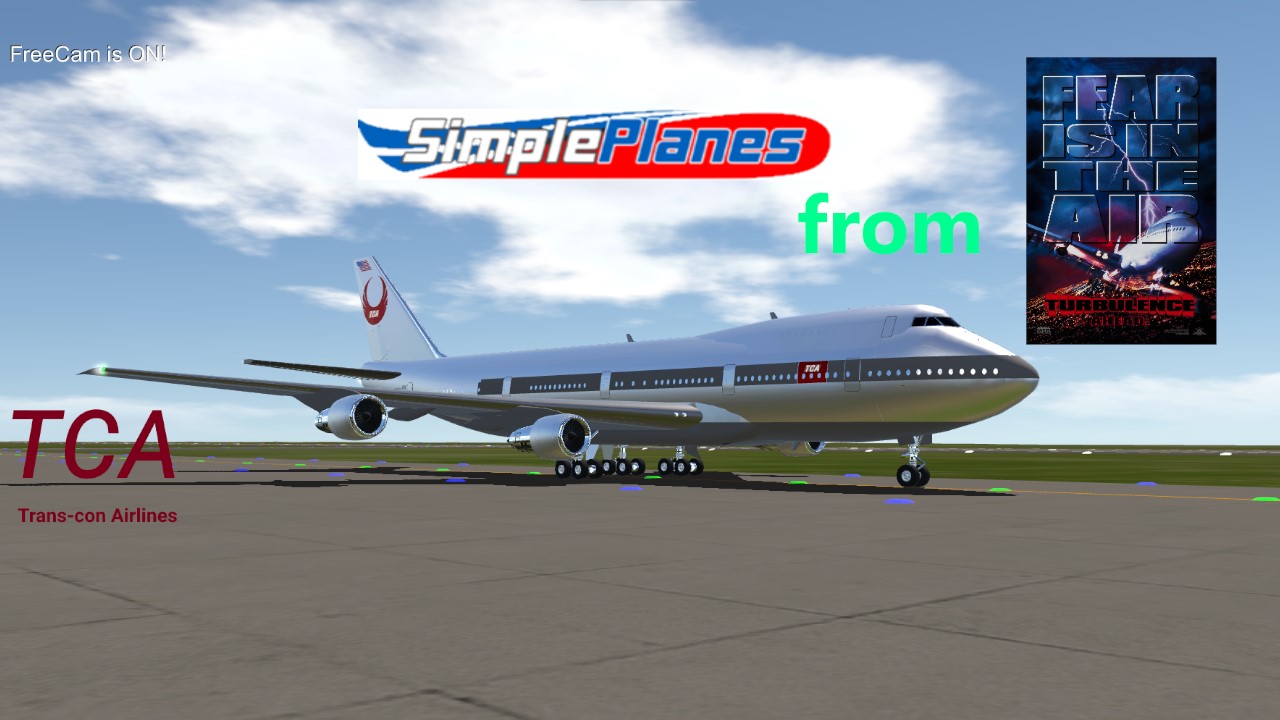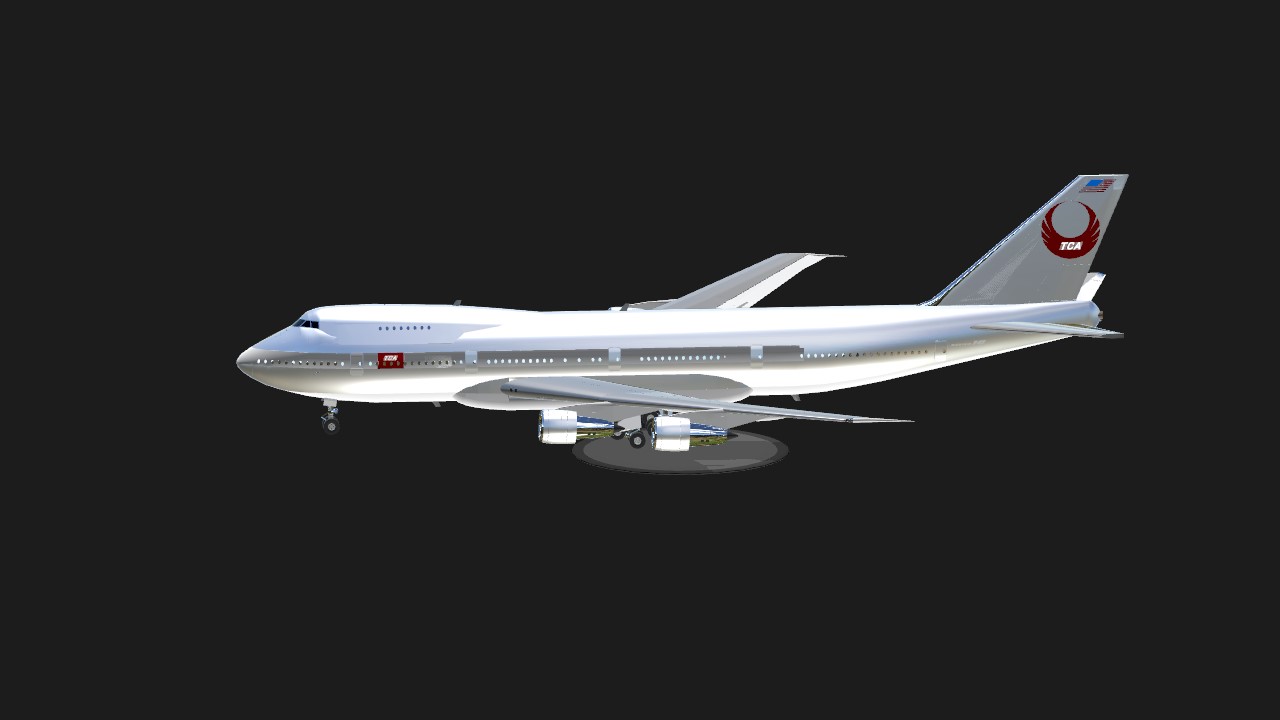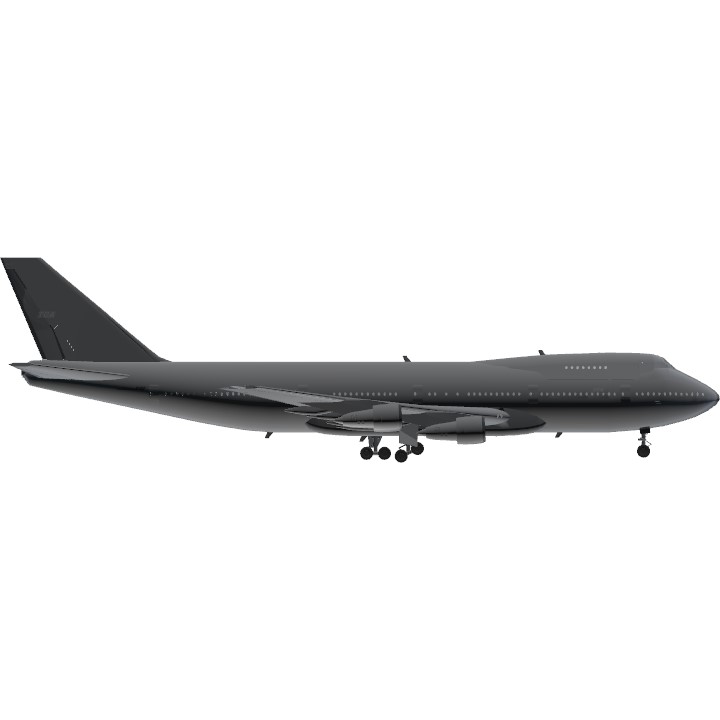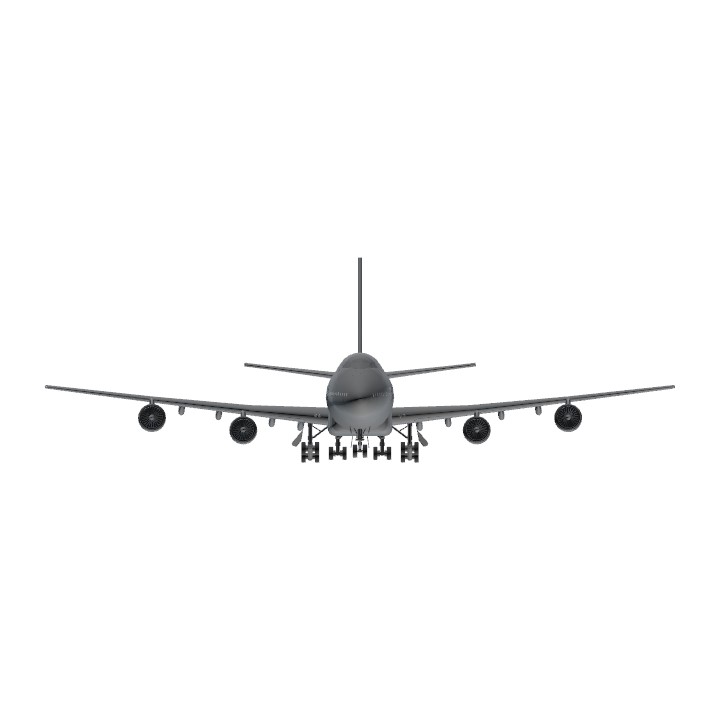Credits | 1918
Trans-con Airlines
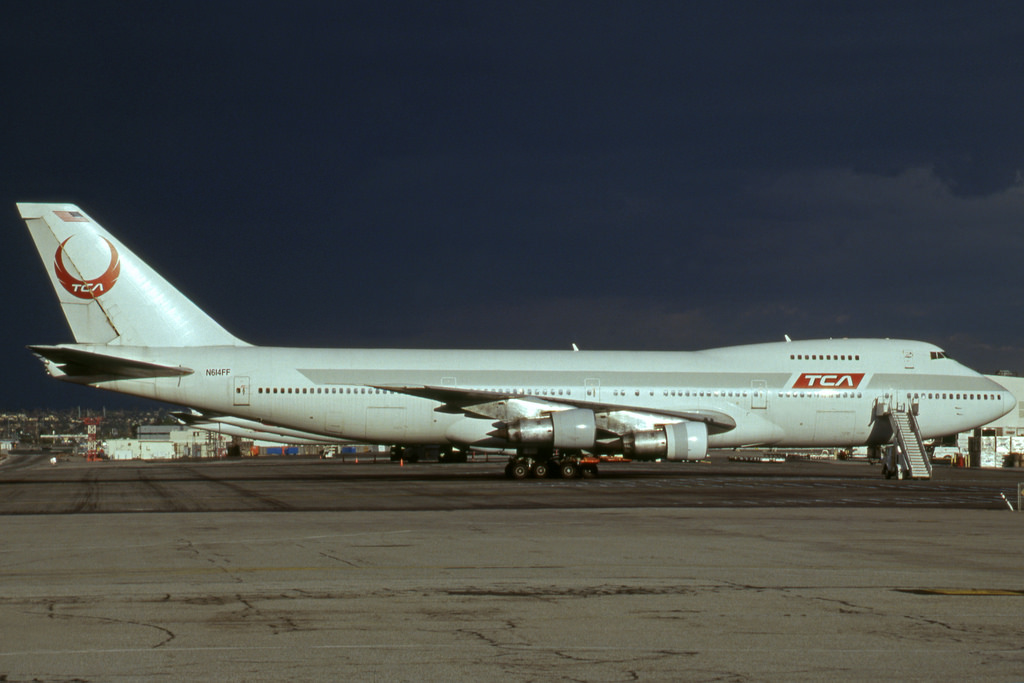
Trans-Con Airlines (TCA) is an American airline in the movie "Turbulence". The airline's livery is based on Japan Airlines but the aircraft sports US flags, so the airline is American. The plot and the airline revolves around in 1997, a convicted murder (Weaver) is transported on a public TCA flight to Los Angeles. Even though it is Christmas Eve, and a Boeing 747, this flight has very few people on board. Just 8 others and Stubbs, another prisoner being escorted breaks free and shoots all the air marshals and the copilot and pilot are killed in the chaos. When trying to save the last Air Marshall, Weaver kills Stubbs while he fails and the Air Marshall is shot dead. Now few people are still alive onboard, and along with Weaver, a flight stewardess Halloran, is the only hope to land the aircraft, which she does successfully.
Triva
There are a few inconsistencies in the movie to suggest that they used a different aircraft for filming certain scenes. For instance, the plane shown being refueled is a 747-400, yet the flight engineer manuals in the cockpit indicate a 747-200, as do shots and dialogue during the remainder of the movie.
Trans-Con Airlines' livery is loosely based on Japan Airlines in their 1989-2002 livery.
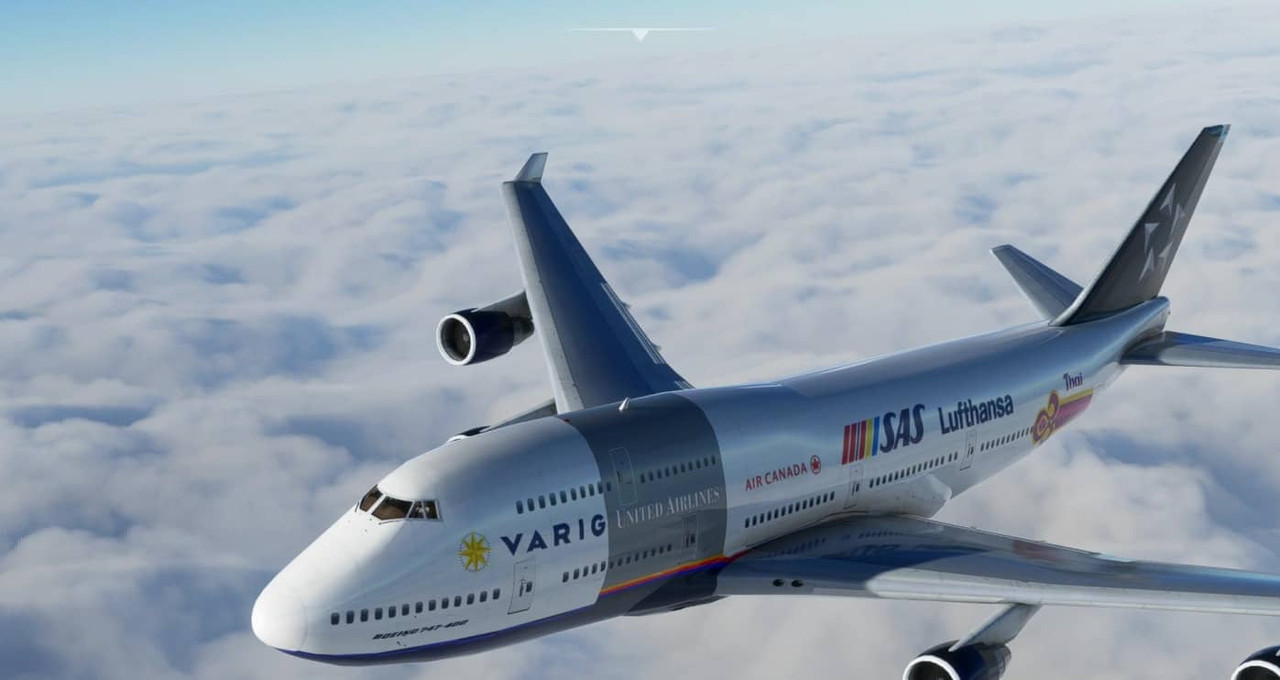
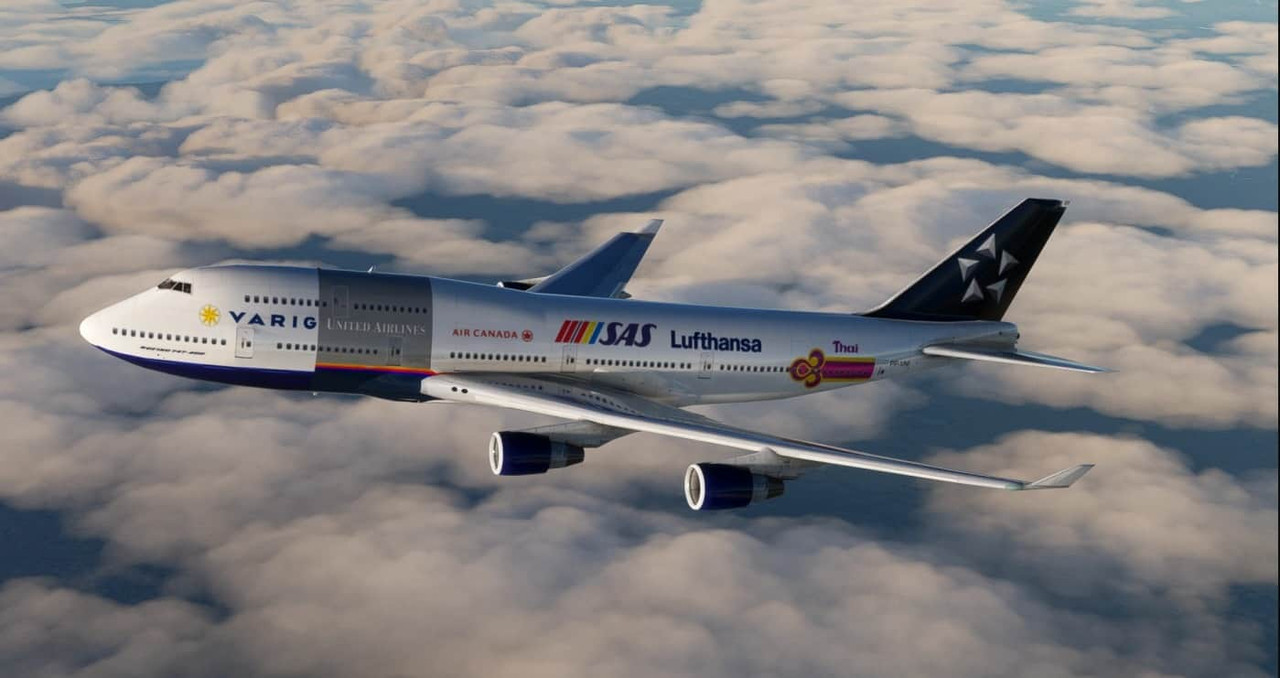
The airline became an member of Star Alliance in 2004.
Turbulence (1997 film)
Turbulence is a 1997 American action thriller film directed by Robert Butler, and starring Ray Liotta and Lauren Holly. It was distributed by MGM Distribution Co.
Plot
Ryan Weaver, also known as the Lonely Hearts Strangler, an accused serial killer and rapist, is arrested in New York City despite his claims of innocence. Even though police lieutenant Aldo Hines at one point broke protocol during the arrest (which later enraged Weaver), the authorities have enough hard evidence to have Weaver transported to Los Angeles to face trial. He and another prisoner, a bank robber named Stubbs, are escorted by four US marshals on a Boeing 747-200 on a commercial flight. Even though it is Christmas Eve, the 747 is nearly empty, with only eleven people on board.
During the flight, Stubbs breaks free while using the bathroom and begins a shootout with the marshals. A stray bullet fired from one of the marshals' sidearms punches a hole in the fuselage, instantly triggering an explosive decompression before the hole is sealed with a briefcase. Amidst the chaos, the captain is fatally shot and the first officer dies when his head slams into the yoke, disengaging the autopilot in the process. Weaver frees himself and attempts to save the last remaining marshal, but fails when Stubbs shoots the marshal dead, after being shot himself.
Weaver appears to be horrified by the ordeal, increasing the passengers' trust in him. With the pilots dead, Teri Halloran, a flight attendant, makes her way into the cockpit and learns she is the only one left capable of keeping the 747 from crashing. To make matters worse, the plane is heading into a storm which threatens severe turbulence.
Weaver's behavior becomes increasingly erratic since he is paranoid of being sentenced to death upon landing and occasionally suffers nervous breakdowns. He then locks the passengers in the crew's cabin then attacks and strangles Maggie, one of the other flight attendants, to death. Ryan reveals that he did in fact commit the murders that he's accused of, although he continues to insist that the evidence against him was planted by Hines. He then calls the FBI control center at LAX and threatens to crash the 747 into their facility since he is now willing to do anything to avoid being arrested. His motives had become clear to Teri after she speaks, via the aircraft's radio, with Hines.
Teri must be instructed by radio from Captain Bowen how to reprogram the autopilot to land at LAX, but her task is complicated by Weaver's obscene and constant interruptions. After the plane barely survives turbulence during the storm, Weaver breaks into the avionics bay and smashes the server running the primary autopilot software, rendering the first landing attempt unsuccessful, and forcing a last second go-around. It skims a rooftop Japanese restaurant and a multi-story parking garage, but regains the air. The plane's landing gear picks up a Ford Ranger pickup, which hinders the next landing at LAX. The backup autopilot has now engaged, and Teri makes efforts to turn the plane around. The LAX airport chief sends an F-14 Tomcat to intercept the 747.
Teri begs LAX not to have her shot down, insisting she can land the plane. Weaver breaks into the cockpit with an axe and tries to kill her, but the F-14 destroys the truck instead, shaking the 747 and giving Teri a chance to attack. Teri retrieves a .38 revolver that one of the marshals was forced to unload and turn over to the captain upon boarding, and, in the midst of Weaver's assault, manages to load a bullet that fell out of the marshal's pocket. She finally shoots Weaver through the head and kills him. Teri returns to the pilot's seat and with Bowen's radio assistance, safely lands the 747 using the autopilot. Despite Weaver's claims that he killed them all, the other crew and passengers are found alive.
TCA in 1971 livery
Specifications
General Characteristics
- Predecessor 747-200 Japan Airlines
- Successors 1 airplane(s)
- Created On Windows
- Wingspan 202.8ft (61.8m)
- Length 231.6ft (70.6m)
- Height 66.0ft (20.1m)
- Empty Weight N/A
- Loaded Weight 140,259lbs (63,620kg)
Performance
- Power/Weight Ratio 0.348
- Wing Loading 32.9lbs/ft2 (160.7kg/m2)
- Wing Area 4,260.1ft2 (395.8m2)
- Drag Points 0
Parts
- Number of Parts 1295
- Control Surfaces 7
- Performance Cost 6,105

